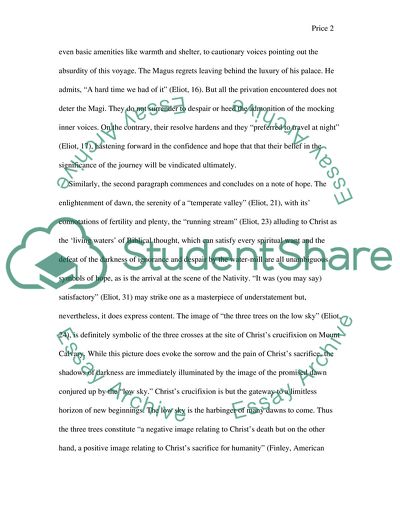Cite this document
(“Critical Analysis of The Journey of the Magi Essay”, n.d.)
Retrieved from https://studentshare.org/literature/1538160-critical-analysis-of-the-journey-of-the-magi
Retrieved from https://studentshare.org/literature/1538160-critical-analysis-of-the-journey-of-the-magi
(Critical Analysis of The Journey of the Magi Essay)
https://studentshare.org/literature/1538160-critical-analysis-of-the-journey-of-the-magi.
https://studentshare.org/literature/1538160-critical-analysis-of-the-journey-of-the-magi.
“Critical Analysis of The Journey of the Magi Essay”, n.d. https://studentshare.org/literature/1538160-critical-analysis-of-the-journey-of-the-magi.


